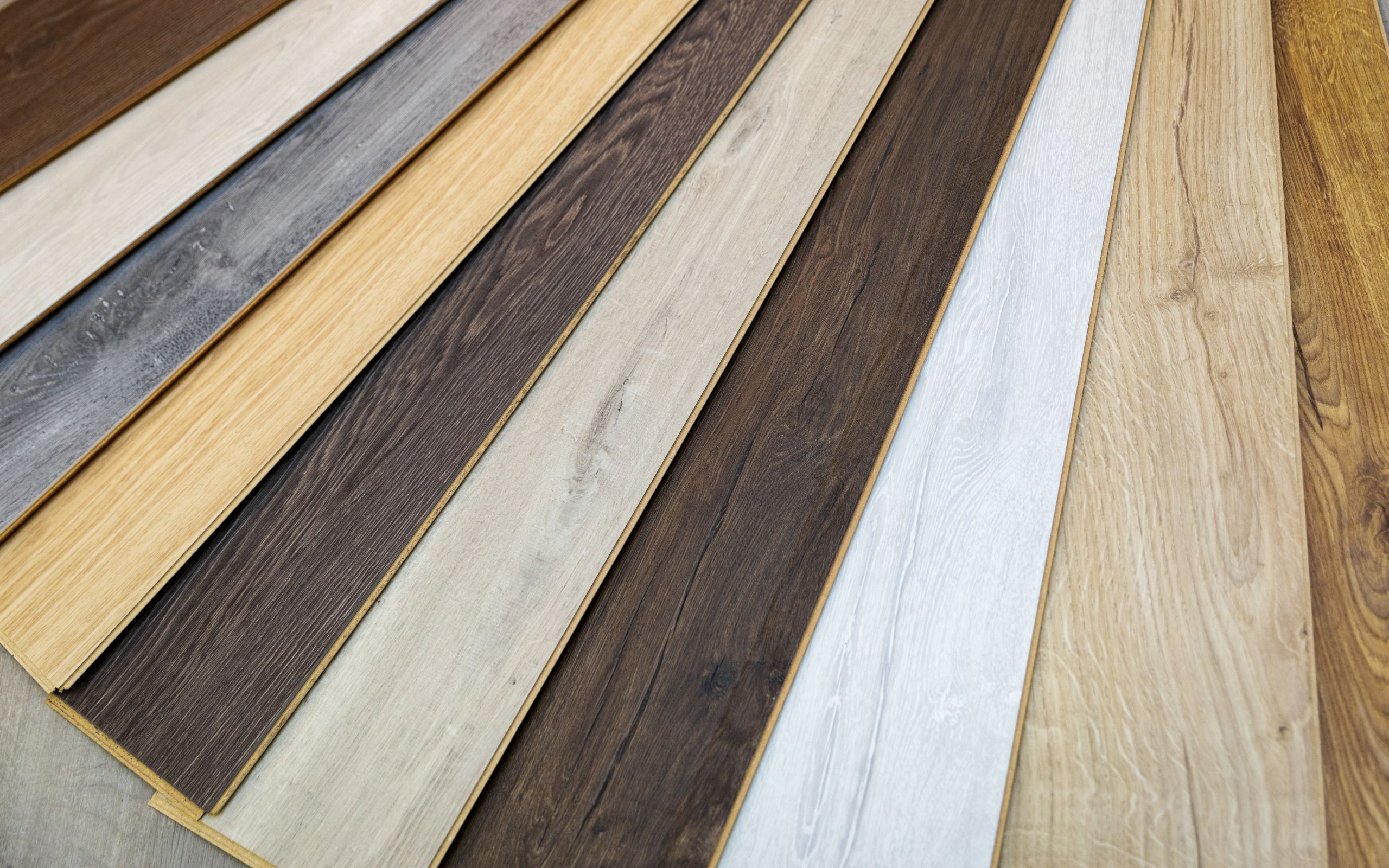Read more: Find the Perfect Laminate for Your Home’s Style


We are a successful company with more than 25 years of experience in the market, we have the infrastructure.
read more...